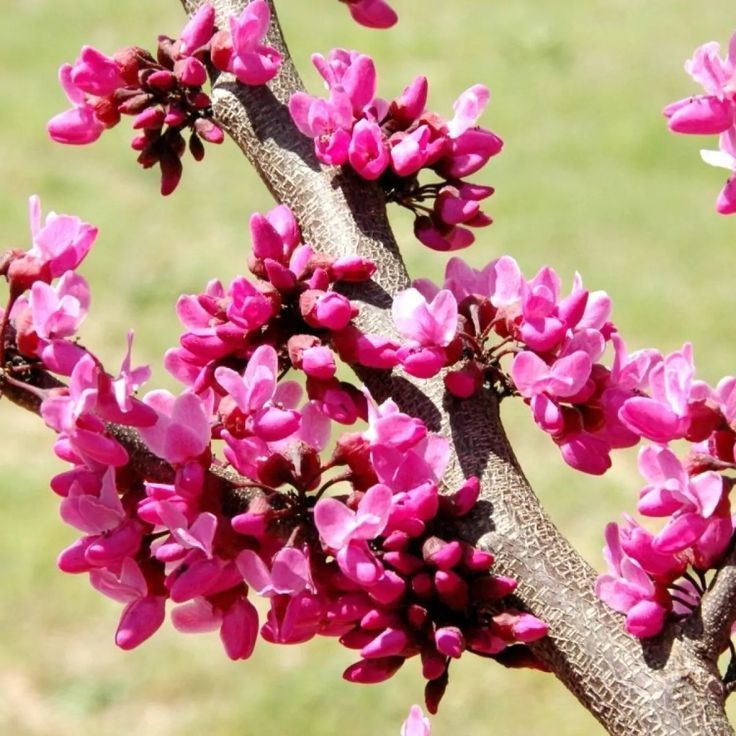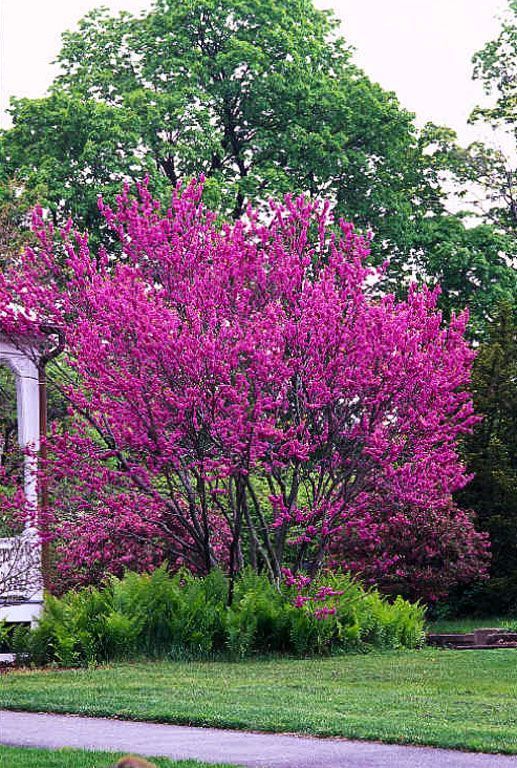Eastern Redbud


The Cercis canadensis, commonly known as Eastern Redbud, a charming addition to any landscape. Native to eastern North America, this deciduous tree graces gardens with a symphony of rose-pink blooms in early spring, even before its leaves unfurl. The Eastern Redbud thrives in well-drained, medium moisture soil and adapts to full sun or part shade—optimal for hot summer climates.
With a mature height of 20-30 feet and a similar spread, this ornamental tree boasts a rounded crown and is perfect as a specimen planting or grouped for a more natural effect. Its heart-shaped leaves transition from a soothing green to striking yellow hues in the autumn. Throughout the seasons, birds and butterflies find refuge and nourishment from its blossoms and seed pods, while deer and clay soils pose little threat to its resilience.
Caring for your Eastern Redbud is simple, requiring minimal maintenance beyond regular watering and occasional pruning. However, for robust health, it is crucial to plant it young and in a permanent position, as it does not transplant well. Ideal for woodland margins, lawns, or pollinator gardens, this tree promises not only beauty but also vital support for local wildlife, making a powerful impact on your space both visually and ecologically. Indulge in a touch of nature’s elegance with Eastern Redbud, where aesthetics meet functionality in perfect harmony.
We have a good stock of seedlings varying from 6 inches upwards to about 9 inches at present.
Instructions for Eastern Redbud Trees:
- Planting:
- Plant in spring or autumn, ensuring the root ball is level with the soil surface.
- Soil:
- Redbuds prefer well-drained soil, which can be amended with organic matter.
- Sunlight:
- They require full sun to partial shade, with at least 6 hours of sunlight daily for best flowering.
- Watering:
- Water regularly, especially when young, but avoid overwatering as they are drought-tolerant.
- Mulching:
- Apply a layer of mulch around the tree to the drip line to help retain moisture and keep the soil cool.
Care and Maintenance:
- Pruning:
- Prune in late autumn or early spring to remove dead, broken, or weak branches and maintain the tree's structure.
- Disease and Pests:
- While generally resistant, redbuds may be susceptible to fungal infections, leafhoppers, and scale insects.
- Fertilizing:
- Redbuds typically don't require fertilizer, but can benefit from a balanced fertilizer in spring.
